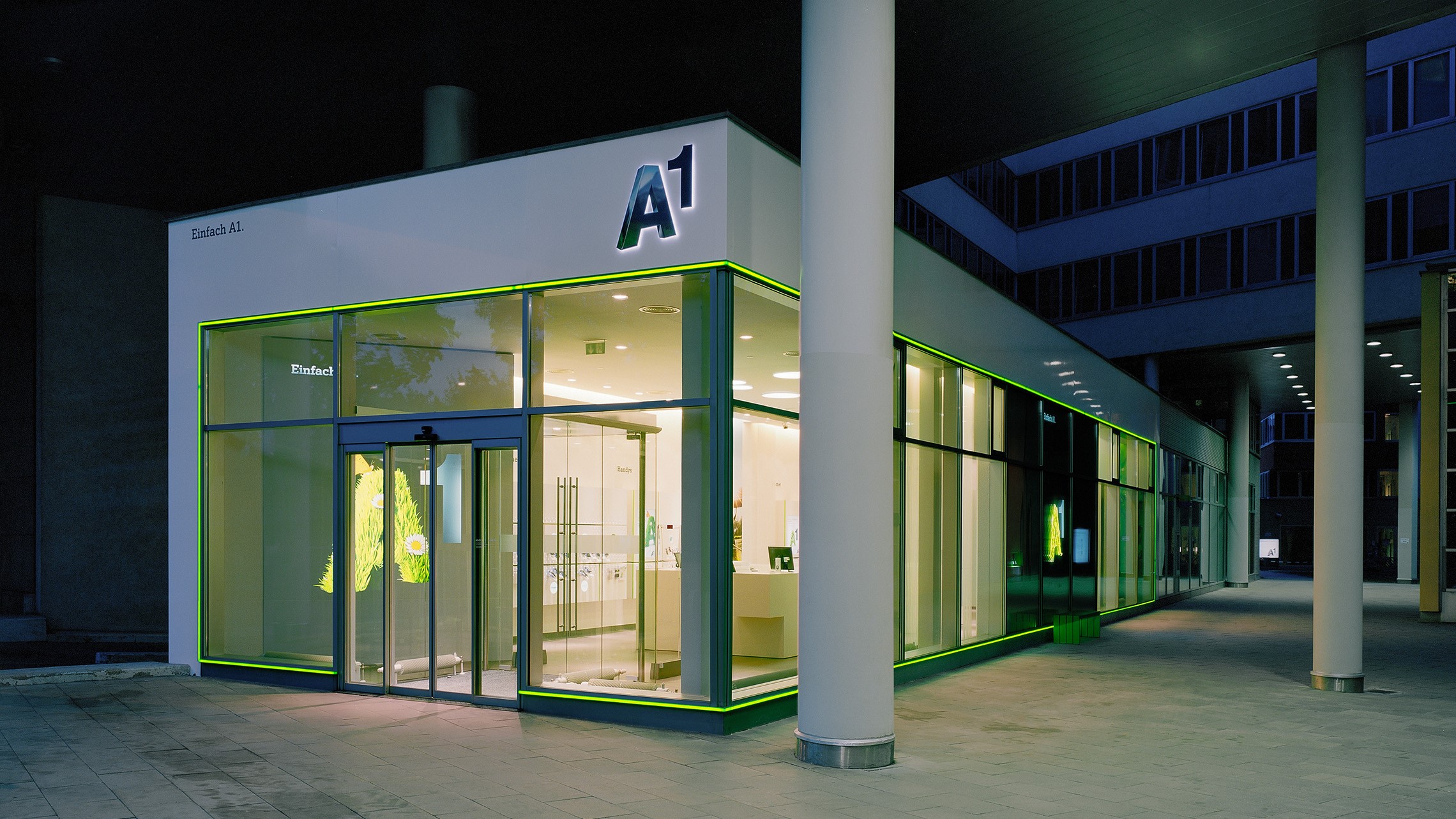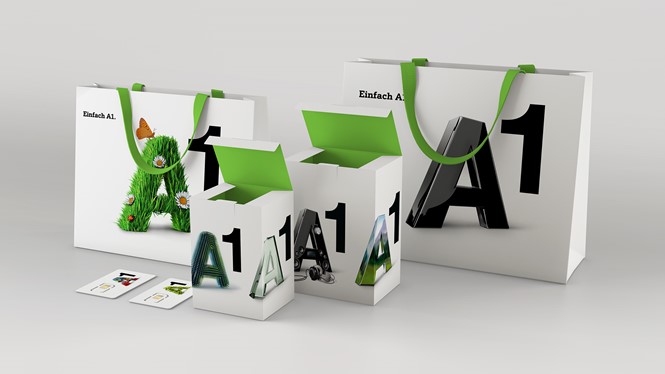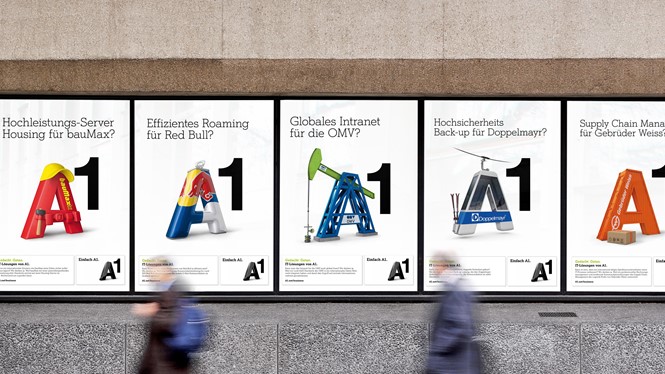All becomes one
Over the years, global deregulatory policy has cleared the path for business to flourish within telecommunications. Examples such as the US’ 1996 Telecommunications Act and India’s 1999 New Telecom Policy saw various countries sign away natural monopolies within the sector, following British Telecom’s privatization in 1984. Yet today’s modern telecommunications sector is a new beast, rife with burgeoning technology and varying business models. However, the recent developments of Austria’s leading telecoms brand, A1 Telekom Austria, form a noteworthy example of how prudent collaboration and convergent ideals can better an industry fraught with competition.
For Europe, the vision of a digital single market is increasingly viable and not only is the boom of the smartphone society traceable in the freewheeling spirit of the sector, it is also resonant in the business structures of many telecom companies. Multinational professional services firm, Deloitte, published in its recent ‘Telecommunications Industry Outlook 2017’ that mergers and acquisitions (M&A) remain a “significant opportunity” for telco’s. Likewise, the impending developments of 5G technology come at little requisite, with the UK telecommunications regulator, Ofcom, recording over 39.5bn users of 4G technology in 2016.
Yet for A1, evading the pitfalls of oversaturation required a symbolic transformation, one that recognised the ever-changing needs of the consumer. Working with independent global brand consultancy, Saffron, the merger of Austria’s two competing domestic subsidiaries, mobikom austria AG and Telekom Austria TA AG, was first executed in 2011. For Saffron, the challenge of equipping A1 with qualities intrinsic to a market leader meant giving life to a new corporate structure, one that encompassed a new attitude exemplified in the central brand idea, ‘Allses wird eins,’ or ‘All becomes one.’
Ben Knapp, chief strategy officer at Saffron, says, “In terms of commercial success, the rebrand has had a positive effect. Unfortunately, the two previously state-owned companies had begun to cannibalise each other, eating each other’s dinner in a battle between mobiles and landlines. The newly merged entity was therefore much better prepared to defend its market share against challenger brands. In Austria, at the time, those were the likes of Tele Ring and others. Yet even today, where there’s been a new round of market liberalisation and new licences for so-called ‘mobile virtual network operators,’ – companies that operate on the back of someone else’s mobile network, like the UK’s giffgaff – A1 is able to sustain healthy growth.”
Earlier this year, A1’s central European dominance continued, with expansion into the Slovenian market. The new brand presence symbolises the continued response to the demands of convergent providers, with a common focus on cloud services and the Internet of Things.
Alejandro Plater, CEO of Telekom Austria, says, “Implementing the powerful brand A1 in Slovenia is another illustrative example of our strategic approach to utilize well-proven, successful solutions in more than one market. Accordingly, this measure is expected to have the potential to make a contribution to the group’s efficiency and growth targets.”
















